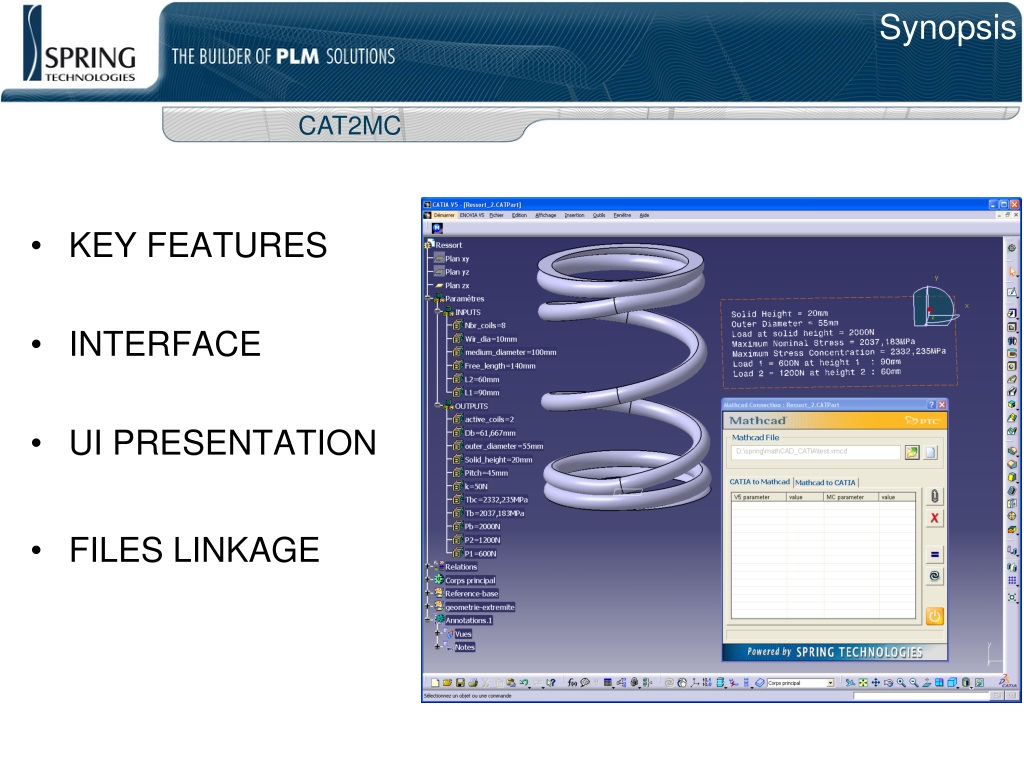


When the manufacturing production reaches a certain scale and the work reaches a certain level of complexity, the number of people and the level of technology used will increase, but the ability of people to conduct the work will vary, resulting in variable levels of experience. However, the assembly of small parts is still a problem, due to the economic benefits of relying on tactile sensations and other factors executed by hand. Despite the development of digitally controlled production equipment in Industry 4, the technology has become quite mature, and many companies use robotic arms to assemble parts. These manual methods and principles are accumulated from many experiences but are gradually losing their heritage as technology advances. In today's industrial environment, manufacturing process assembly often relies on the dexterity of human beings. Research experiments show that the operation of this intelligent assisted learning interface can more quickly recognize how the manufacturing process works and can solve problems, which greatly resolves the issue of personnel with insufficient experience and knowledge. During the manufacturing process, the system can still feedback to the user in animation, so as to achieve the function equivalent to on-the-spot guidance and assistance when a particular problem is solved by a specialist. Through Augmented Reality (AR) technology, object recognition technology is used to identify the components within the line of sight, and the assembly steps are presented visually. To improve the manufacturing efficiency and reduce the error rate, this research proposes a set of manufacturing work knowledge frameworks, to integrate the intelligent assisted learning system into the manufacturing process. Therefore, the function of the manufacturing process should be more closely connected with the workers and tasks. However, during the manufacturing process of the traditional production environment, on-site personnel are often faced with the situation that on-site advice is required, due to a lack of experience or knowledge.

The manufacturing process is defined by the synchronous matching and mutual support of the event logic and the task context, so that the work task can be completed perfectly, by executing each step of the manufacturing process. School of Artificial Intelligence, Dongguan Polytechnic, Dongguan, China.


 0 kommentar(er)
0 kommentar(er)
